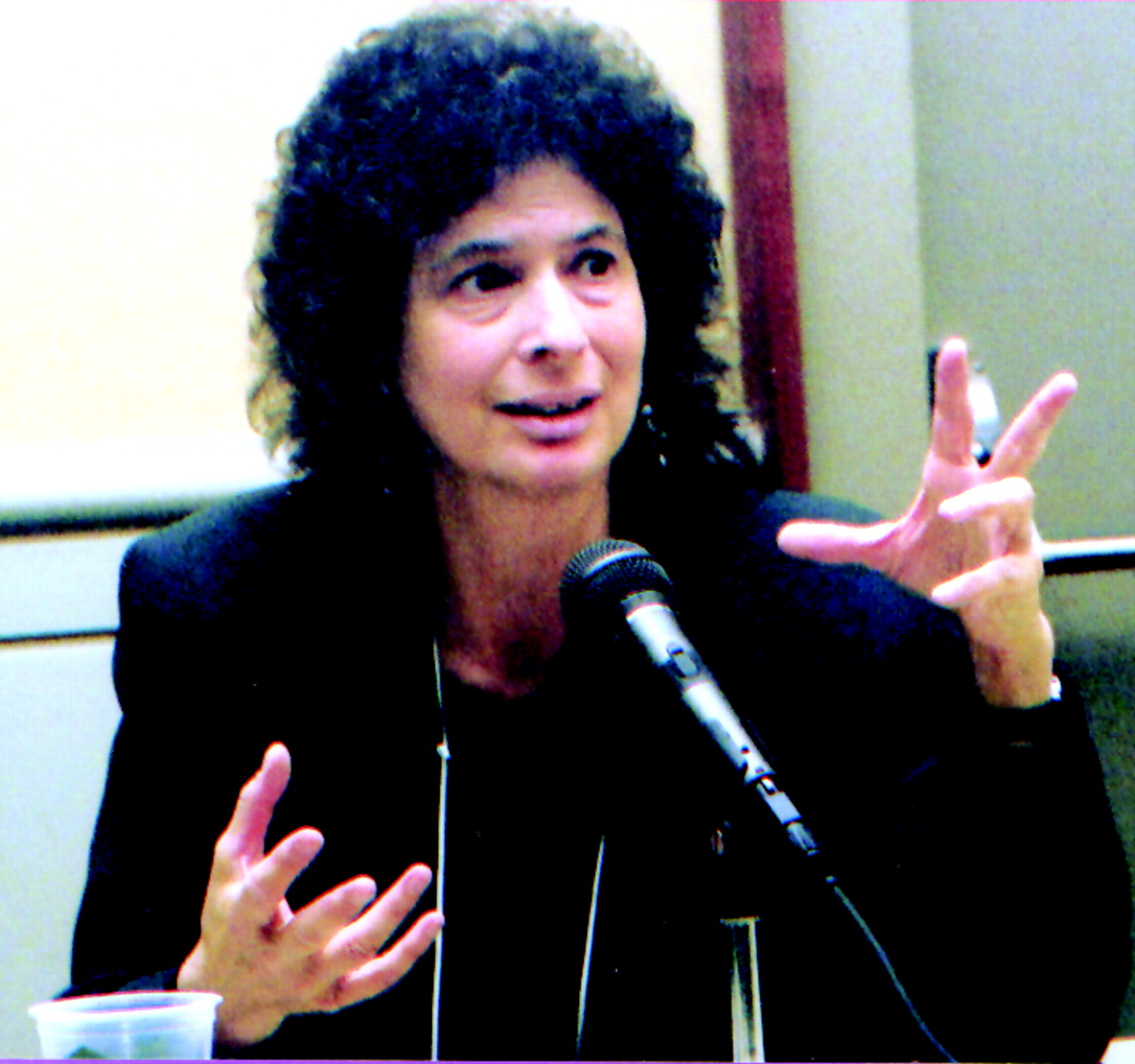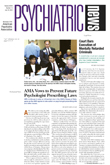Women seen by psychiatrists and mental health professionals may be victims of current or past physical, sexual, or emotional abuse. Research on women seen in outpatient mental health settings found that about 44 percent were physically abused as adults, and about 34 percent were sexually abused as adults, said Carole Warshaw, M.D., a member of APA’s Committee on Family Violence and Sexual Abuse, at APA’s 2002 annual meeting in May in Philadelphia.
In addition, she noted, research shows that 43 percent of women seen in outpatient mental health settings were sexually abused as children, and 35 percent were otherwise physically abused.
The psychiatric impact of domestic violence is great. Women with a history of childhood abuse are more likely to be abused as adults than women without that history, said Warshaw. “Rates of posttraumatic stress disorder are also higher in adults with childhood abuse than without childhood abuse,” said Warshaw.
However, symptoms of severe childhood trauma including flashbacks, dissociation, mood fluctuations, and impulsive behavior are often misdiagnosed as hallucinations, psychosis, and bipolar disorder, leading to treatment that doesn’t address the underlying issues, she said.
Warshaw directs the Domestic Violence and Mental Health Policy Initiative at Cook County Hospital in Chicago, which brings together more than 70 domestic violence, social service, and mental health agencies in a collaborative partnership to identify common goals, barriers to services, and gaps in services to improve and provide integrated services for victims of domestic violence and their children, according to Warshaw.
Domestic violence survivors who participated in a 2000 survey conducted by the Domestic Violence and Mental Health Policy Initiative reported feelings of sadness, loss, despair, depression, loneliness, shame, isolation, confusion, guilt, loss of identity, fear, anxiety, stress, insecurity about their capabilities, and somatic symptoms, said Warshaw.
Moreover, studies of women victims in shelters and clinical settings have reported that about 60 percent had PTSD, 50 percent had depression, and 20 percent had suicidal thoughts or had attempted suicide, said Warshaw.
“PTSD increases the risk that a victim will develop major depression and diminishes her ability to seek help, make decisions, and mobilize her resources to leave the abuser. It also increases her risk of being isolated and controlled by the abuser,” said Warshaw.
Missed Opportunities
Psychiatrists may be unaware that abuse can precipitate a patient’s psychiatric symptoms. “We are trained to diagnose psychiatric disorders without looking at the social context that might have generated the patient’s symptoms,” said Warshaw.
Psychiatrists fail to ask about abuse because they don’t think it is prevalent among their patients, don’t have the time, and don’t know what to do if they identify it. They may also find it difficult to tolerate the pain and helplessness they feel when patients talk about their experiences of abuse or when their own traumatic experiences are evoked, said Warshaw.
In the eyes of domestic violence survivors and victim advocates, labeling survival strategies as psychiatric disorders is a barrier to mental health care. “It is important to acknowledge to survivors that dissociation, self-medication, appearing passive and compliant, and self-blame are understandable responses to terror and entrapment,” said Warshaw.
Additional concerns regarding mental health care identified by domestic violence survivors and advocates in the 2000 survey were not receiving comprehensive mental health services, the abuser’s controlling the victim’s health insurance, initiating couples counseling before knowing the risk to the victim, and not informing the victim that psychiatric diagnoses can work against him or her in child custody battles, said Warshaw.
Screening and Documentation
Psychiatrists often find it awkward to raise the topic of abuse, especially when there are no obvious signs. Warshaw recommended asking abuse-related questions routinely and framing them in a way that shows interest and acknowledges that it is a common experience, said Warshaw.
A sample statement is “I don’t know if this has happened to you, but because so many women experience abuse and violence in their lives, it’s something I always ask about,” she said.
Warshaw cautioned against asking a patient about abuse in the presence of a potential perpetrator and to be aware if a perpetrator seems “psychologically healthier than the victim. Abusers know how to manipulate the mental health system to further control the victim,” she said.
If a woman says she is being abused, Warshaw suggested asking her about specific acts of abuse and documenting as many facts as possible, including when and where the abuse happened. She also recommended asking detailed questions about patterns of abuse, tactics of control and intimidation, level of fear and entrapment, sexual coercion, and the impact of the abuse on the woman and any children.
“Documentation is critical for women seeking legal protection, redress, or custody and provides a safe opportunity to examine the ongoing nature of abuse and its impact,” said Warshaw.
In addition to obtaining a history of abuse, a causal relationship between domestic violence and mental health issues or diagnosis should be established, said Warshaw. She also recommended documenting the patient’s strengths, coping strategies, and ability to care for and protect her children.
The patient should also be informed about the limits of confidentiality and the risk that her medical records could be subpoenaed in a court case involving child custody, said Warshaw.
Assessing the patient’s safety is a critical part of treatment planning, said Warshaw. These are some questions that psychiatrists can ask their patients:
• Is the abuser present or likely to return to the clinical setting?
• Is the victim afraid to go home?
• Is the abuse escalating?
• Are there weapons present?
• Is substance abuse a problem?
• Is the victim planning to leave?
Warshaw urged psychiatrists treating victims of domestic violence to give them information about domestic violence and local advocacy resources, including shelters, support groups, and national advocacy resources.
“Victims may need to call a local domestic violence program, the National Domestic Violence Hotline [(800) 779-SAFE], or develop a safety plan before leaving the clinical setting,” said Warshaw.
A list of state domestic violence coalitions and their telephone numbers is posted on the Web site of the National Domestic Violence Hotline at www.ndvh.org/helpstate.html. The Domestic Violence and Mental Health Policy Initiative Web site at www.dvmhpi.org should be live in the next month, according to Warshaw. Posted items will include “Recommendations for Addressing Domestic Violence in Mental Health Settings.” ▪

